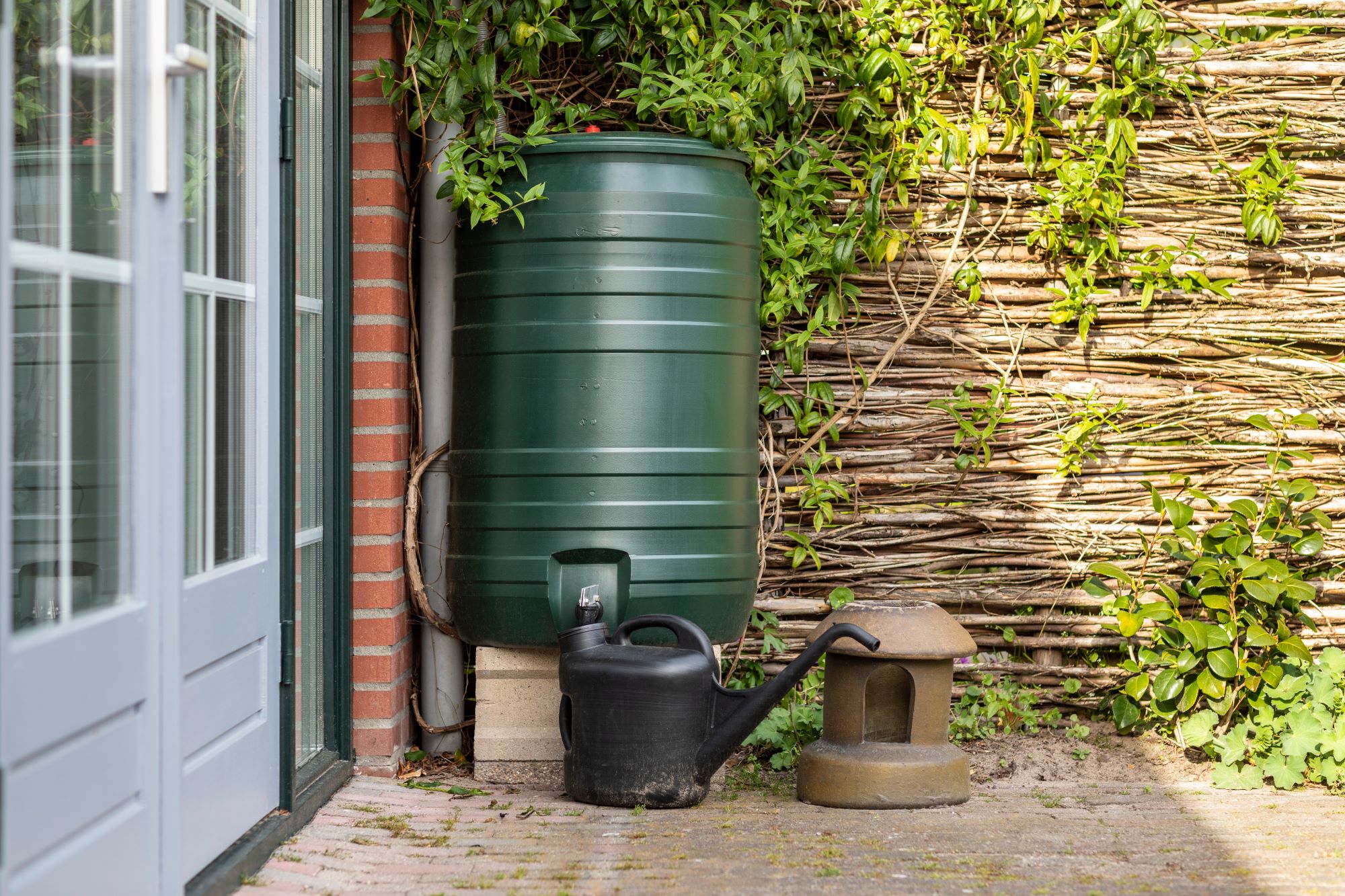

The need for eco-friendly alternatives has become more critical today. This also applies to water and energy consumption, primarily since an average family uses 300 gallons of water daily. Because of this, people are looking for ways to reduce consumption and be more environmentally conscious. One option is a water tank, but how eco-friendly are they?
This article will explain the details of water tanks and explore if they are a good choice for people wanting to be kinder to the environment.
What Are Water Tanks?
Water tanks are containers that store collected rainwater that can be used for activities like gardening, flushing toilets, and washing cars. You can usually find them made of different materials, such as plastic and fiberglass, which can be placed above or below ground.
To find the best water tanks for your home or business, you can visit websites like watertankfactory.com.au/water-tanks-brisbane-qld/ and similar businesses for some great options.
How Do Water Tanks Work?
Rainwater is collected from the roof and placed in a gutter system connected to the tank. This gutter system prevents leaves, twigs, and other debris from entering the tank. There’s also an overflow system that redirects water from the tank if levels get too high.
Benefits Of Using Water Tanks
Water tanks have many benefits and have become a popular eco-friendly choice. This includes the following:
You can even use water collected from your shower, bathtub, and laundry machine to fill your tank, as long as it’s not contaminated with anything toxic. Moreover, you can reuse the water in your garden or for other purposes. This helps conserve precious resources while also helping reduce your household bills since you won’t need to rely solely on the mains’ water supply anymore.
So, if you’re looking for ways to be kinder to the environment without sacrificing convenience, a water tank might be just what you need.
Impacts On The Environment
Regarding environmental impacts, water tanks are relatively eco-friendly for your home or business. This is primarily because of the following reasons:
Some of the materials you can choose from are the following:
These materials are durable or recyclable, so they don’t take up landfill space or contribute to land pollution upon disposal.
With all these benefits, water tanks have become the go-to pick for people who want to live an eco-friendlier lifestyle.
Conclusion
When appropriately maintained, water tanks can be incredibly eco-friendly—providing a reliable source of water that can reduce wastage while also helping you become more energy efficient. However, all water tanks are not created equally due to the different materials they are made of, maintenance requirements, and more. So, it’s ideal to research before deciding your best option.
Find out when to upgrade your industrial storage solutions to improve efficiency, boost safety, cut…
Disposable e-cigarettes are redefining how nicotine is consumed—and they're doing so with growing support from…
For smokers seeking a healthier way to enjoy nicotine, innovation has brought forward one of…
Discover the incredible teamwork of bees and how their collaboration sustains ecosystems. Learn how we…
A night out at a top-notch bar with an incredible view can be an unforgettable…
Learn the critical safety features every go-kart track needs. From barriers to emergency solutions, these…